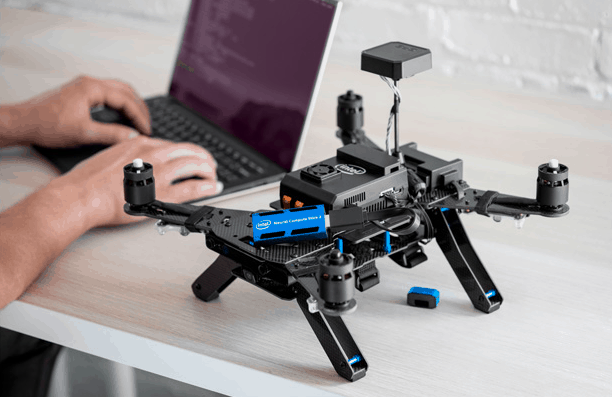In the run-up to its very first AI developer conference in Beijing, Intel launched the Neural Compute Stick 2. The trinket is intended to enable the execution of AI algorithms on devices at the edge of the network.
Edge devices are devices that are located at the edge of a network, opposite a data center that is central to the architecture. It’s not just about routers, switches and gateways. Various IoT devices and sensors are also included in this category.
Because these devices are becoming increasingly powerful, part of the data processing can be carried out closer to the source of the data, instead of first travelling halfway across the earth to a data centre. This leads to cost savings, less bandwidth consumption, improved security and lower latency.
Neural Compute Stick 2
Intel’s Neural Compute Stick 2 (NCS2) is essentially a USB stick with a neural network on it that operates entirely locally and brings AI capabilities to these edge devices.
The stick has a Movidius Myriad X VPU (Vision Processing Unit) that takes care of the calculations to make image recognition possible locally and in real time. As the name suggests, it is already the second version of the stick. According to Intel, this new copy is eight times faster than last year’s first edition.
It works on a standard USB 3.0 port and requires no additional hardware, so you can seamlessly deploy a model you’ve trained on your PC across a wide range of devices without having to connect to the cloud. Think of local real-time image recognition for smart cameras, drones or industrial robots.
Intel sells the NCS2 for $100 and imposes no further restrictions on who can get started with the stick.
Related: Edge computing is the nervous system of the Internet of Things
This news article was automatically translated from Dutch to give Techzine.eu a head start. All news articles after September 1, 2019 are written in native English and NOT translated. All our background stories are written in native English as well. For more information read our launch article.